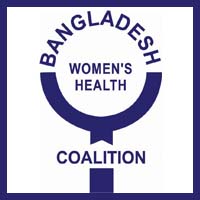
Video clips and Newspaper Feature series showcasing SHOKHI’s success story
1.0 General Background
Bangladesh is still a predominantly rural country, but its urban population is rising fast. An estimated one-third of the city’s population live in slums. The people who live in slums are lacking in health and legal service. Living conditions are severely detrimental to women’s health. Violence against women and girls has become a serious problem there as well.The social conditions and attitudes and economic situation of most women living in Dhaka’s slums is extremely difficult to seek protection and legal redress. Please see the details in attach file …
In this context, Bangladesh Legal Aids and Services Trust (BLAST)is currently implementing theproject titled ‘SHOKHI- Health, Rights and Choices’with the Collaboration of BWHC, Marie Stopes Bangladesh and We Can Alliance with the support ofEmbassy of the Kingdom of Netherlands (EKN).The project identifies four key obstacles to the realisation of women’s rights, dignity, health and safety in Dhaka’s slums:discriminatory attitudes, lack of awareness among women and girls about their rights, absence of protection of women’s rights and constraints on women’s access to services.
Women find available health and Women’s legal services to be inaccessible due to distance, cost, and the lack of a ‘one stop shop’ or effective referral system between services. Considering the existing patriarchic regime, services are also generally gender-insensitive and male dominated.
Drawing on these findings, the project envisions a three-pronged approach specifically addressing each obstacle. Discriminatory attitudes against women and a lack of awareness of health and legal issues will be addressed through changing attitudes and encouraging women’s leadership and activism. And the obstacle of the absence of protection of women’s rights by relevant stakeholders will be addressed through advocacy work for action on women’s rights related issues and sensitization of stakeholders. And the obstacle of constraints on women’s access to services will be addressed through direct provision of accessible services and improvement of existing services.
